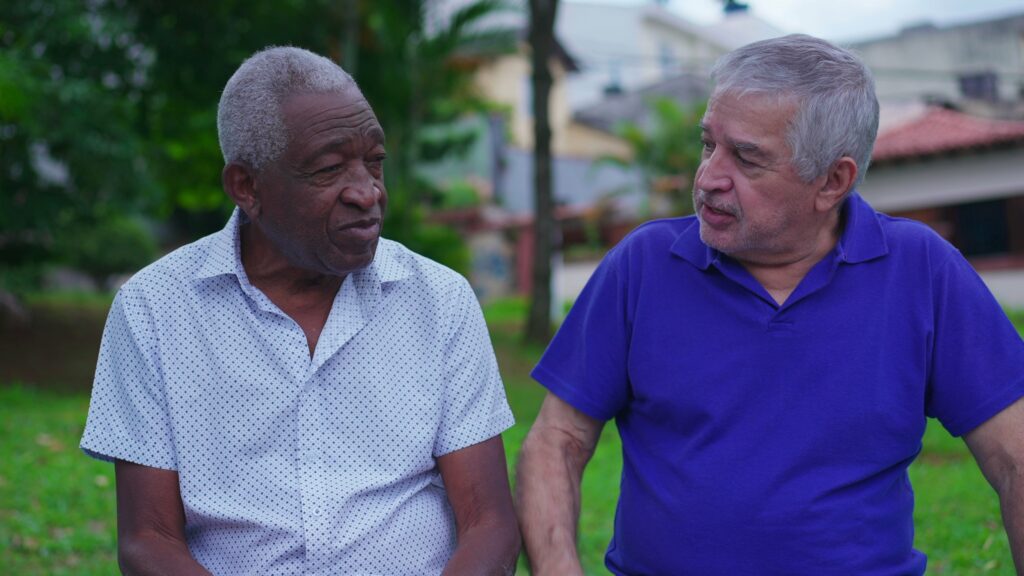Addressing NEPA-Related Infrastructure Delays
Author
Press Release
How Congress Can Jumpstart Clean Energy Infrastructure Projects
Media Contact
For general media inquiries and to book our experts, please contact pr@rstreet.org.
Executive Summary
President Joseph Biden’s infrastructure negotiations with Congress have renewed interest in infrastructure investment policy proposals. Due to this interest, it is worth returning to the topic of the National Environmental Policy Act’s (NEPA) role in infrastructure deployment timelines. Delayed infrastructure deployment can result in economic impacts from delayed productivity, as well as reduced incentives for infrastructure investment. Further, from an environmental perspective, NEPA is increasingly becoming an involuntary impediment to clean energy and conservation-related projects. This is especially problematic given that this analysis finds 42 percent of the Department of Energy’s (DOE) active NEPA projects are related to clean energy, transmission or conservation, while only 15 percent of the DOE’s projects are related to fossil fuel—most of which were for Liquefied Natural Gas (LNG) exports that typically displace foreign coal. Delays in completion of clean energy projects due to NEPA requirements can result in increased emissions and environmental harms. By contrast, policies that improve NEPA timelines can have environmental as well as economic benefits.
According to an analysis by the Council on Environmental Quality, the average time for NEPA process completion (for projects requiring an Environmental Impact Statement) is 4.5 years. Consistent with previous assessments, this analysis found that prior to the Trump administration the average time taken to complete the NEPA process had increased significantly. From 2010 to 2016, the average timeline for NEPA project approval went from 3.4 years in 2010, to 5.2 years in 2016. During the Trump administration the average timeline was 4.7 years. This may have been a result of either 2015 changes to litigation standards, or institutional differences between the Obama and Trump administrations in their implementation of NEPA. Document preparation likely had a significant influence in NEPA approval timelines, as average Environmental Impact Statement (EIS) page length climbed from 2013 through 2017. Median EIS page length peaked in 2016 at 490—well above the historical median of 397. Median EIS page lengths reached their lowest point in 2019, falling to 312. However, lower EIS page length could be just as much of a harm as a help. Analysis of NEPA-related litigation reveals a correlation between NEPA document preparation time and court victories. Agencies with short NEPA timelines, such as the United States Forest Service (USFS) were 1.4 times as likely to be litigated than other agencies, and agencies with long NEPA timelines such as the Federal Highway Administration (FHWA) were merely 0.3 times as likely to be litigated against as other agencies.
From a policy perspective, the data reveals that document preparation difficulty is likely a major explanation for NEPA timelines, but there is also evidence to show that high quality NEPA documents are less likely to be litigated against. This creates a catch-22 where policies that force shorter NEPA timelines or EIS page counts may, ironically, create more difficulties for NEPA approval as courts may require EIS revision. Importantly, the federal government is more likely to lose on cases related to EIS adequacy than other NEPA-related cases (such as standing or jurisdiction), indicating that document adequacy concerns may be well founded. Additionally, 59 percent of all NEPA cases are brought by public interest groups that may have a high appetite for litigation, and who are well equipped to prosecute cases where document inadequacy is suspected.
Improving NEPA timelines should focus on three key recommendations:
- Congress needs to agree on legislation that appropriately defines the parameters for litigation in ways that incentivize active engagement from stakeholders during NEPA document preparation, rather than incentivizing litigation after records of decision are issued. A potential way to achieve this is by bringing the statute of limitations for NEPA cases in line with other environmental statutes (60-120 days, as opposed to the current two years).
- Congress should better define what adequate compliance looks like for the underlying statutes that NEPA ensures compliance with. Without Congressional definition, there exists an incentive to use court cases to set precedent for what appropriate compliance looks like, which creates an incentive for agencies to lean toward mitigating liabilities rather than complying with the letter of the law.
- Executive offices should avoid the temptation of using NEPA as a vehicle for implementing policy in line with their political preferences. NEPA is supposed to ensure compliance with existing federal environmental laws, rather than serve as a mode of setting new environmental requirements. Furthermore, establishing additional requirements will extend NEPA timelines but may not achieve new environmental benefits.










